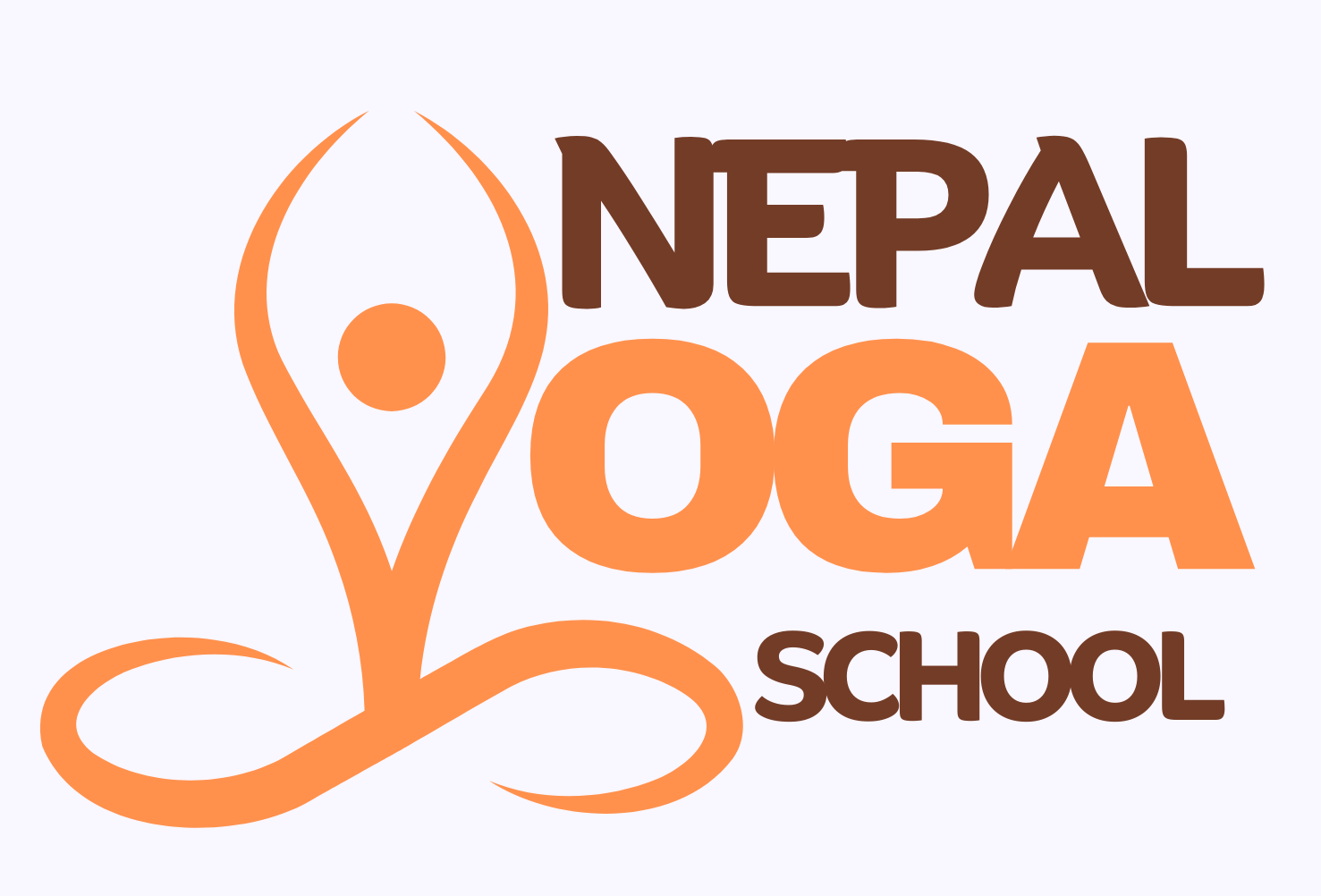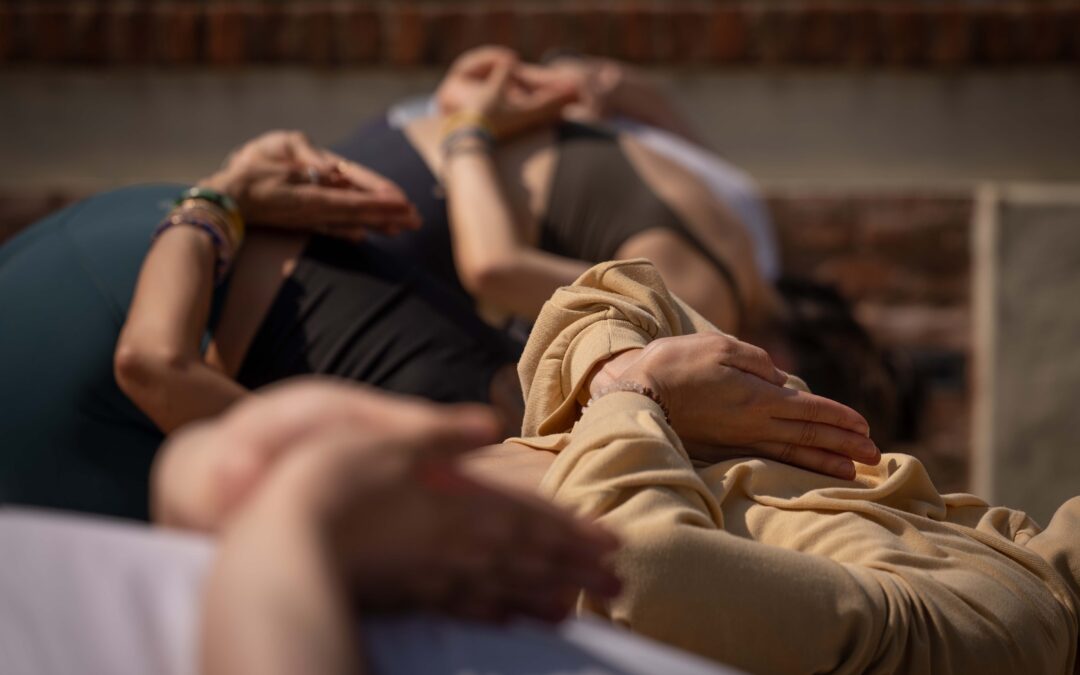Hatha Yoga practices in Nepal offer a blend of physical, mental, and spiritual practices while being the ancient practices deeply rooted in it. Nepal, with its mesmeric landscapes, and spiritual heritages that preserve the ancient techniques of Hatha Yoga practices provides an ideal setting for practicing Hatha Yoga, attracting enthusiastic practitioners from all over the world.
Historical Context of Hatha Yoga Practice in Nepal
Hatha Yoga practices have a long standing-term in Nepal, as it was originally from ancient India, current two countries known as Nepal and India. Except for the proximity to India, Gautam Buddha himself did not practice Hatha Yoga, meditation, mindfulness, and his other teachings have also been found deeply connected to the practices of Hatha Yoga.
Many saints and sages are said to have spent years in meditation and attained enlightenment in the deep Himalayan ranges. The fundamentals of Hatha Yoga, which has been practiced for many years in Nepal, have been written in many scriptures like “Hatha Yoga Pradipika” and “Gherenda Samhita.” Many Nepalese incorporate these activities into their regular spiritual routines, underscoring the close relationship between Buddhism and Hinduism.
Channel your energies through Hatha Yoga Practice
The journey of Yoga, towards union and boundlessness, involves manipulation of energy and moving the system in a certain way. First, understanding the mechanics of the body, and with certain poses channeling your energies in specific directions is what Hatha Yoga is about. Hatha Yoga practices emphasize the balance between the vital energies (Pingala and Ida), where ‘ha’ means sun and ‘tha’ means moon, in the body.
Yoga, if uttered and asked for definition, unfortunately it will be said as the twisting and turning of body parts like rubber bands, it means “union” rather than mere exercises. It has been actually proved by modern science that whole existence is one single energy. God is omnipresent, whether it be God or everything is energy, it is the same reality. Yoga is the breaking of an illusion of limitations and separations. It is rather a practice meant to experience and immerse oneself in the wholeness of one existence.
There are many ways to take the practice beyond limitations. Jagadish Vasudev, Sadhguru, explained Hatha Yoga as a fundamental physical preparation, preparing for higher possibilities.
Core Hatha Yoga Practice in Nepal
Hatha Yoga comprises six dimensions.
- Asanas (Postures)
The primary and physical aspect of Hatha Yoga practice are the Asanas. The Asanas help boost physical, mental and holistic development.
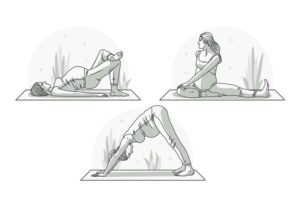
Commonly practiced asanas in Nepal includes:
–Suryanamaskar (Sun Salutation):
Suryanamaskar is a vital practice in Hatha Yoga consisting of 12 sequences that go in a flow; synchronized poses for mind, body and spirit. The practice often starts with a prayer to the sun and bending backward and forward for flexibility.
–Vrikshasana (Tree Pose):
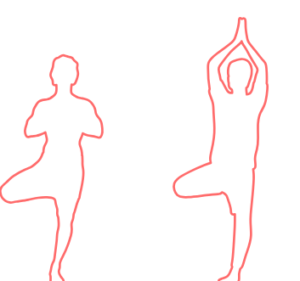
Vrikshasana strengthens the legs and core as it deals with balancing one leg while placing the other foot in the inner thigh avoiding the knee. It is also said to improve balance and stability.
–Virabhadrasana (Warrior Pose):
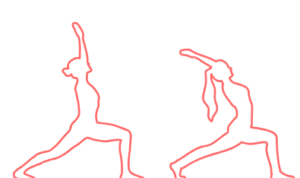
Virabhadrasana is a strong, powerful warrior pose. It integrates strength and focus. This pose incorporates an extended back, one foot forward with a lunge position.
–Savasana (Corpse Pose):
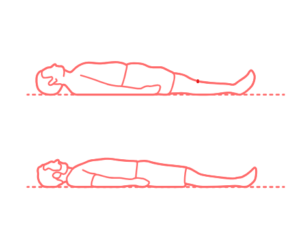
Savasana is a pose practiced at the end of Yoga, lying flat on back, legs apart and a time to rejuvenate the body.
- Pranayama (Breathing Practice)
Pranayama is the branch of Yoga that deals with breathing regulation. It is considered to be the keystone of Hatha Yoga practice. In Sanskrit, “Prana” means life and “yama” means control; hence Pranayama means practice that involves breathing exercises and patterns.
Pranayama practices includes:
–Anulom Vilom (Alternate Nostril Breathing):
Anulom Vilom, the alternate nostril breathing is the Pranayama practice of Hatha Yoga that is said to balance the body’s energy channels. In this technique, with a straight back, the thumb closes one nostril and inhaling takes place with the other nostril. Then, the ring finger closes the open nostril allowing it to exhale from the initially closed practice. The cycle of inhale and exhale with alternate nostrils keeps on repeating. It is one of the famous and easy practices of Pranayama done by even beginners and the gurus as well.
–Kapalbhati (Skull Shining Breath):
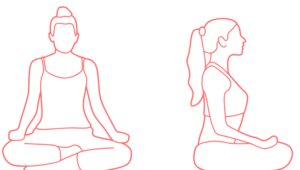
Kapalbhati is a cleansing breathing technique in Hatha Yoga that involves rapid exhalations.
- Mudra
Mudra is a Sanskrit term which means “gesture” or “attitude” which is used during meditation. Mudras, as said by ancient Yogis, are the energy-flowing poses that connect a person’s personal pranic energy to universal energy. Mudras are just not the mere hand positions. Each finger has the qualities of five elements; air, water, earth, fire and space, when it comes in contact with each other, it represents the balance allowing the body to treat the sickness due to imbalance. The five elements in sync with our fingers are:
- Air (Vayu)– Index Finger
- Water (Jal)– Little Finger
- Fire (Agni)– Thumb Finger
- Earth (Prithivi)- Ring Finger
- Space (Aakash)- Middle Finger
Some of the Mudras practiced during the Hatha Yoga practice are as follows:
- Gyana Mudra:
The Gyana Mudra is touching the tip of the index finger and thumb, while extending the other three. It is said to increase concentration, memory and creativity. The Gyana Mudra is one of the fundamental Yoga Mudra.
- Prithivi Mudra:
This Mudra comprises touching the tip of the ring finger and tip of the thumb, extending the other three. It strengthens the tissues, muscles of the body.
- Varun Mudra:
Varun Mudra comprises touching the tip of little finger and tip of the thumb, extending the other three. It amplifies the circulation in the body.
- Prana Mudra:
Prana Mudra comprises the touching of a ring as well as a little finger with the tip of the thumb, extending the other two. It energizes the body, drains all the tiredness and also enhances eyesights.
- Apan Mudra:
Apan Mudra comprises touching the tip of the middle and ring finger with the tip of the thumb finger, extending the rest. It helps in metabolism and digestion.
- Vayu Mudra:
Vayu Mudra involves touching the tip of the index finger on a base of the thumb, applying light pressure by the thumb. It balances the air in the body.
- Shunya Mudra:
Shunya Mudra involves touching the middle finger on the base of the thumb, and applying light pressure by the thumb. It improves hearing and also aids in treatment of motion sickness.
- Surya Mudra:
Surya Mudra involves touching the tip of the ring finger on the base of the thumb, and applying light pressure by thumb. It helps with reducing cholesterol and enhancing digestion.
- Bandha
Bandha is a kriya in Hatha Yoga Practice, which helps lock the vital energy of the body. In other words, it can be defined as “body lock” or internal energy locks. The main purpose of Bandha is to lock the energy in a specific part of the body temporarily, so that when the lock is released, the energy flows more exuberantly, ensuring overall better health and vitality.
The four main Bandhas include;
- Mula Bandha- the root
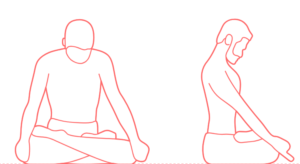
Mula Bandha is the first among the four steps. Men practice it by contracting their areas from anus to testes while women contract the muscles at the bottom of the pelvic floor behind the cervix. It unknowingly also is practiced during daily activities like climbing stairs, riding a bike. This helps energy to flow right.
- Jalandhara Bandha – the throat
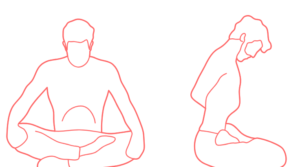
Jalandhara Bandha is the locking of energy of vessels and networks around neck areas where “Jal” means throat, “Jalan” means net and “dharan” means stream. It isn’t practiced alone but with a couple others combination of locks in breathing practices. The Jalandhara Bandha is great for reducing stress and providing relaxation.
- Uddiyana Bandha– the false inhale
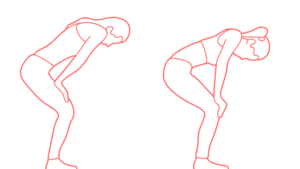
This Bandha literally means rising up/ flying using just the diaphragm. Also termed with ‘false inhale’, it involves an action of taking a breath without actually taking it in. Practicing Uddiyana helps in digestion and other stomach troubles.
- Maha Bandha- the ultimate Bandha
The Maha Bandha is the most powerful of all and is practiced only when it is comfortable with the above three locks. And to release, the practice is reversed (Uddiyana first, Jalandhara second and Mula Bandha at last).
Hatha Yoga practice in Nepal provides a deeper connection between the mind, body and nature with the roots of Hatha Yoga as it is. The serene environment, mesmeric landscapes, rich cultural traditions and friendly/supporting community makes Nepal an ideal destination for Hatha Yoga. No matter if it is a beginner or a daily practitioner, practicing Hatha Yoga in Nepal offers a blend of benefits.
